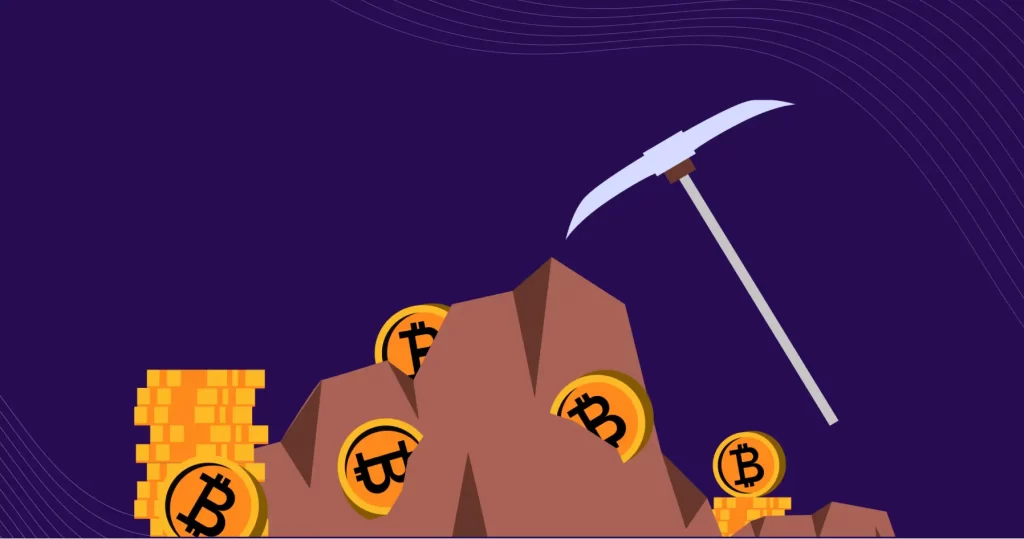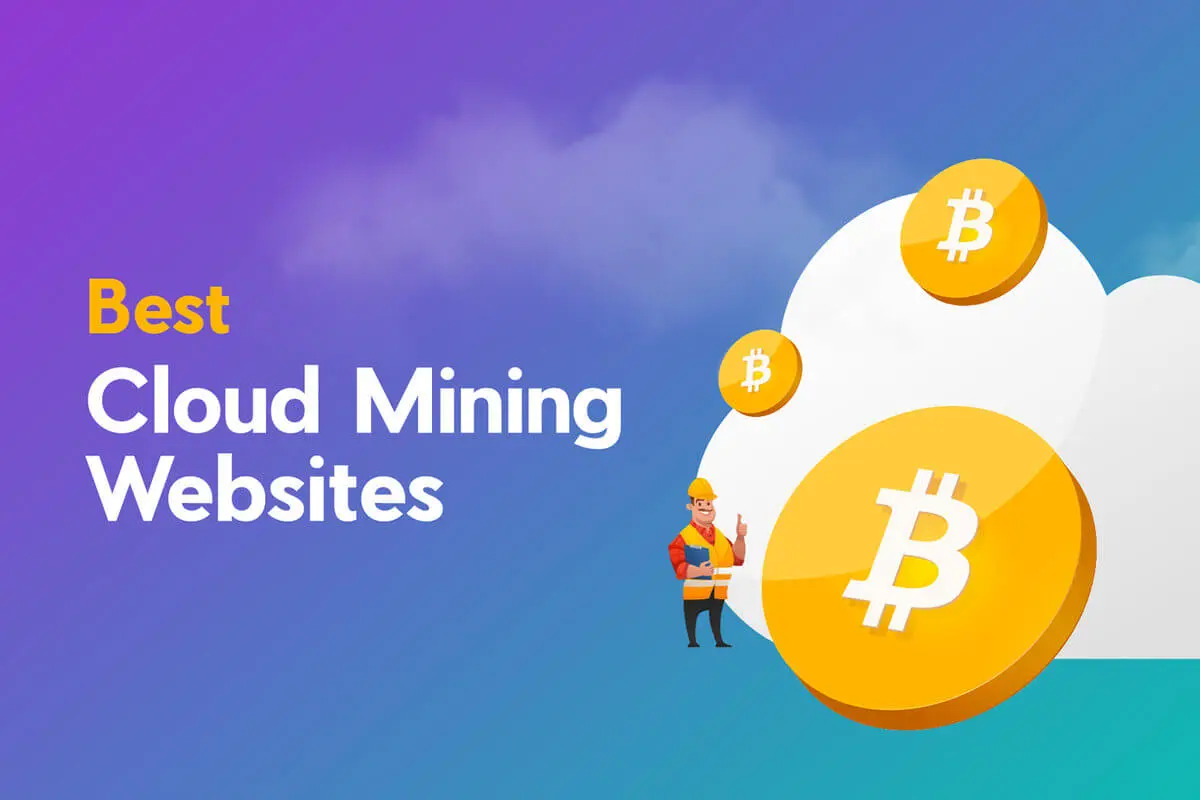Cryptocurrency mining is the process where new coins are created in a distributed network. It requires powerful computers to solve complex mathematical problems and validate pending transactions. This mining rewards coin miners with new crypto assets or transaction fees as an incentive. While mining powered the initial growth of cryptocurrencies, the rising costs have led many to question if it remains profitable. Let’s explore cryptocurrency mining and factors impacting its viability.

Content
What is Cryptocurrency Mining?
In cryptocurrencies like Bitcoin, new coins are “mined” by high-powered computers that verify transactions and record them on the digital ledger or blockchain. The miner who solves the complex cryptographic problem first gains new coins as a reward. This distributed consensus method ensures no central authority controls the network. Miners also gain small transaction fees from the transactions they validate. Overall mining introduces new coins and confirms the authenticity of all transactions in decentralized blockchains.
The Mining Process
In simplified terms, cryptomining involves five steps:
- Setting up specialized computer hardware like GPUs or ASIC miners with high hash rates.
- Downloading mining software that connects to the blockchain network.
- Searching for valid block hashes through repetitive calculations till a solution matches network difficulty.
- Upon validation, the miner broadcasts the new block, earning mining rewards.
- The verified block is added to the blockchain, and the process continues for the next one. Miners compete globally in this decentralized network lottery.
Factors Impacting Profitability
Whether cryptocurrency mining remains profitable depends on multiple variables:
Equipment Costs: ASIC miners optimized for specific algorithms have high upfront costs running into thousands of dollars. GPU rigs have lower entry but costs rise as difficulty increases.
Electricity Costs: Mining constantly utilizes powerful devices demanding high Watts. Expensive electricity greatly impacts long-term operational costs in many areas.
Network Difficulty: To keep block times steady, difficulty is adjusted automatically based on global hashing power every two weeks. Rising difficulty lowers coin rewards over time.
Coin Prices: Mining profitability depends on coin price performance like Bitcoin which funds the industry. Bear markets squeeze margins as coin prices don’t cover costs.
Hardware Depreciation: ASICs become outdated within 1-2 years while GPUs’ resale value depreciates fast due to evolving hardware requirements. Depreciation cuts mining profits.
Regulations: Unclear regulations in some areas threaten mining operations with bans or excessive taxes making these high-risk investments.
All these factors determine if the periodic coin rewards justify investments in rigs and electricity costs to maintain profitability over time. Let’s analyze key cryptocurrencies and the current mining landscape.
Is Cryptocurrency Mining Still Profitable?
Overall it appears that for individual consumers, cryptocurrency mining has lost its erstwhile promise as an easy side income. At current prices, consistent profits realistically require huge capital investments, cheap power, latest mining rigs and passive income through staking or DeFi as coin prices fluctuate. This has pushed mining into the commercial realms of specialized farms with far better economies of scale.
Conclusion
While cryptocurrency mining revolutionized blockchain security in the early years through distributed consensus, surging costs have increasingly centralized it into the hands of industrial operations. For average users, non-speculative options like crypto investing, staking or DeFi now offer more accessible routes into digital currency adoption. However, innovation of new ASIC-resistant algorithms could revive mining on specific networks. Overall miners will need to maximize efficiency through renewable energy, remote cold climates and scalable farms to stay ahead of rising difficulty curves impacting profitability over time.

Michael is a cryptocurrency blogger who writes about the latest developments in blockchain technology. He has been blogging for over 4 years and his posts have been read by people from all around the world. His blog covers a wide range of topics, such as trading advice, new ICOs to invest in, and how blockchains can be used outside of cryptocurrencies. Michael also enjoys writing about more technical aspects of cryptocurrencies and blockchain technology.



